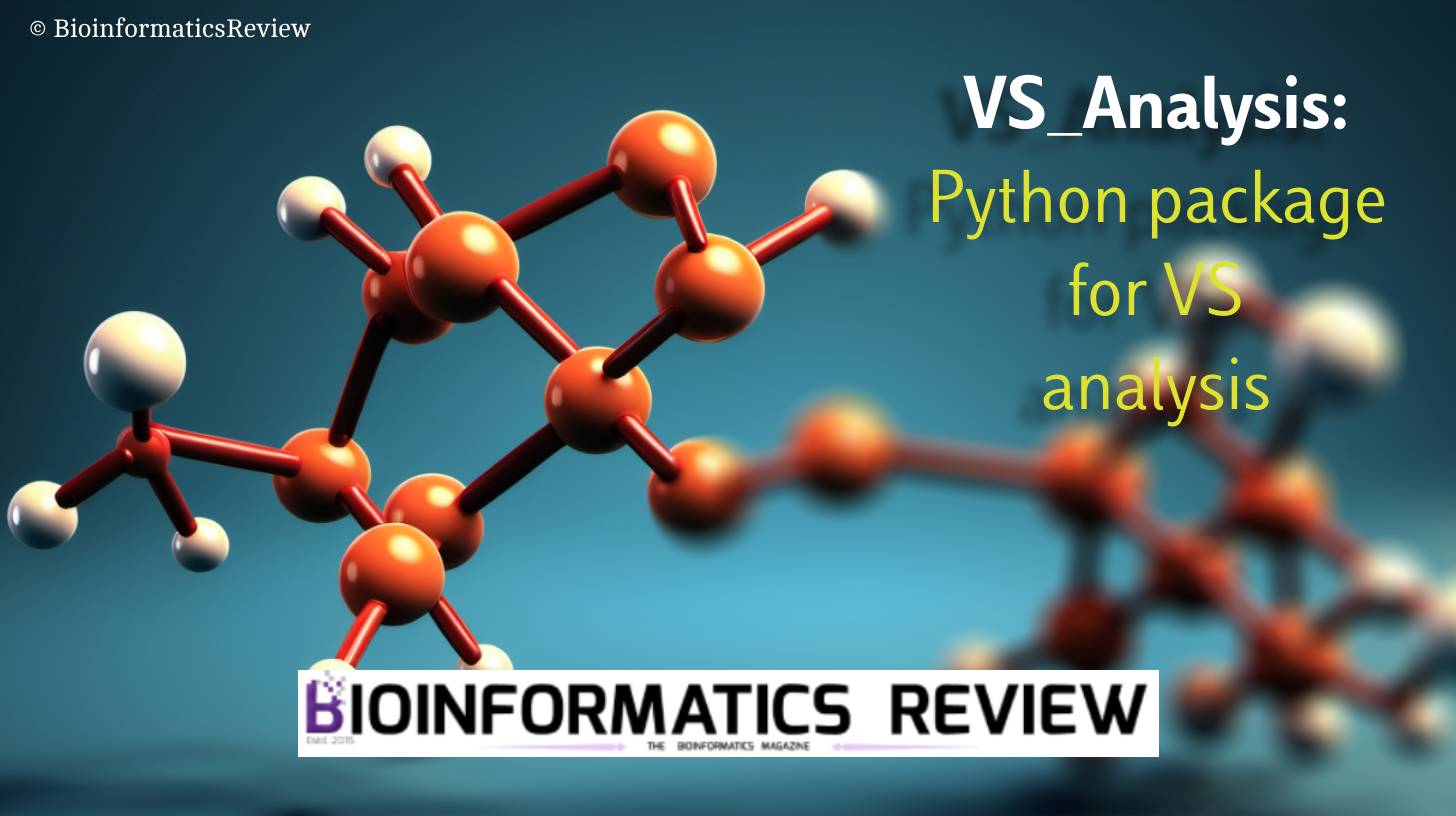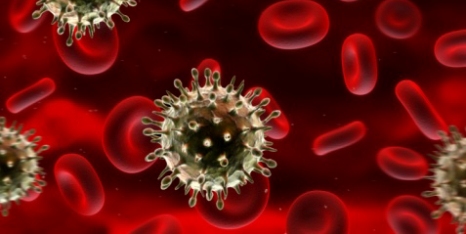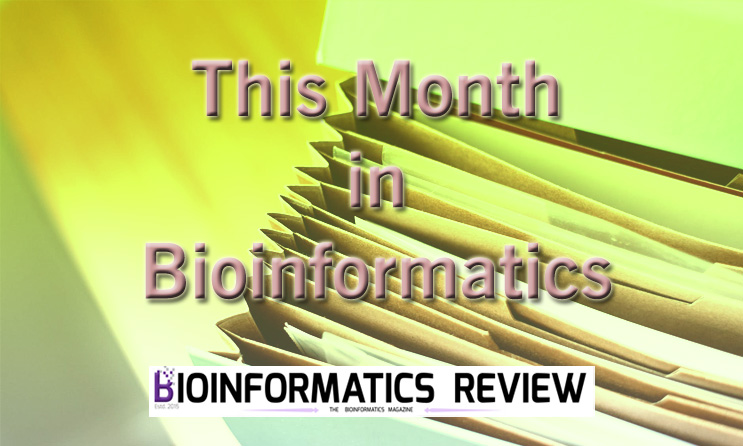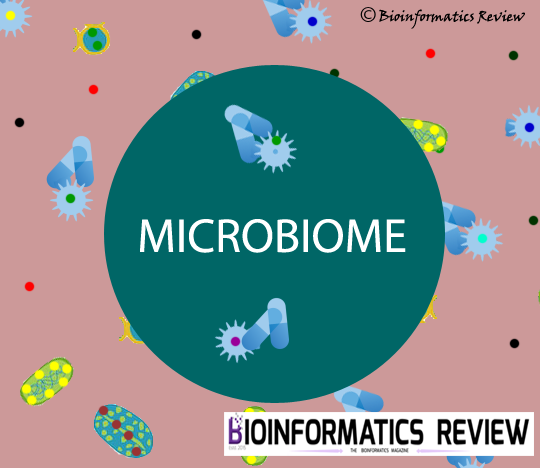In this article, we summarize the latest research in bioinformatics published this month.
1. Conservative drug resistance evolution found in HIV protease
Conservative drug resistance has been found in HIV protease [1]. The authors used a machine learning method combining structure and sequence information for classification and regression of drug resistance in HIV protease enzyme. Their study on isolates suggests that they become resistant at an early stage and then tend to stay resistant [1]. Additionally, those isolates that do not become highly resistant, they lose resistance over time. For further information, read here.
2. A new pipeline for detecting transcriptome diversity of RNA-Seq data
A new fully automated pipeline called Automated Isoform Diversity Detector (AIDD) is developed to detect transcriptome diversity of RNA-Seq data [2]. It contains all tools required for transcriptome diversity analysis. The pipeline consists of a pre-configured Virtualbox environment for better reproducibility and avoiding system dependencies. AIDD is built on Oracle Virtualbox and is easily available to download from Github. For more information, read here.
3. A new tool for pedigree visualization
A new command-line and web tool are developed for easy visualization of pedigree files. This tool is called ped_drew [3]. ped_drew allows the easy visualization of complex pedigrees that involve multiple generations. The web tool is available at https://peddraw.github.io. The command-line tool of ped_drew uses Graphviz to generate image files. It requires one-liner commands [3]. It is available to download at https://github.com/mvelinder/ped_draw. For more information, read here.
4. A new software for scaffolding of de novo genome assembly
New software called LDscaff is developed for de novo genome assembly scaffolding based on linkage disequilibrium (LD) [4]. It improves assembly quality by mining data from biological databases. The authors tested the software on simulated as well as real data and it showed good results with only 2.43% genome disassembly rate without any gaps. The software is written in Shell script and C++. It is freely available to download from Github. For more information, read here.
5. A new method for anti-cancer peptides identification
A novel method called DRACP is developed for the identification of anti-cancer peptides [5]. It uses a deep belief network (DBF) to extract anti-cancer peptides features that include their sequence and chemical characteristics. The authors validated its performance on two independent datasets with 10-cross validations [5]. As a result, they found its AUC and AUPR higher than 0.9. For more details, read here.
References
- Shah, D., Freas, C., Weber, I.T. et al. (2020). Evolution of drug resistance in HIV protease. BMC Bioinformatics 21, 497.
- Plonski, NM., Johnson, E., Frederick, M. et al. (2020). Automated Isoform Diversity Detector (AIDD): a pipeline for investigating transcriptome diversity of RNA-seq data. BMC Bioinformatics 21, 578.
- Velinder, M., Lee, D., & Marth, G. (2020). ped_draw: pedigree drawing with ease. BMC bioinformatics, 21(1), 1-5.
- Zhao, Z., Zhou, Y., Wang, S. et al. (2020). LDscaff: LD-based scaffolding of de novo genome assemblies. BMC Bioinformatics 21, 570.
- Zhao, T., Hu, Y. & Zang, T. (2020). DRACP: a novel method for identification of anticancer peptides. BMC Bioinformatics 21, 559.





